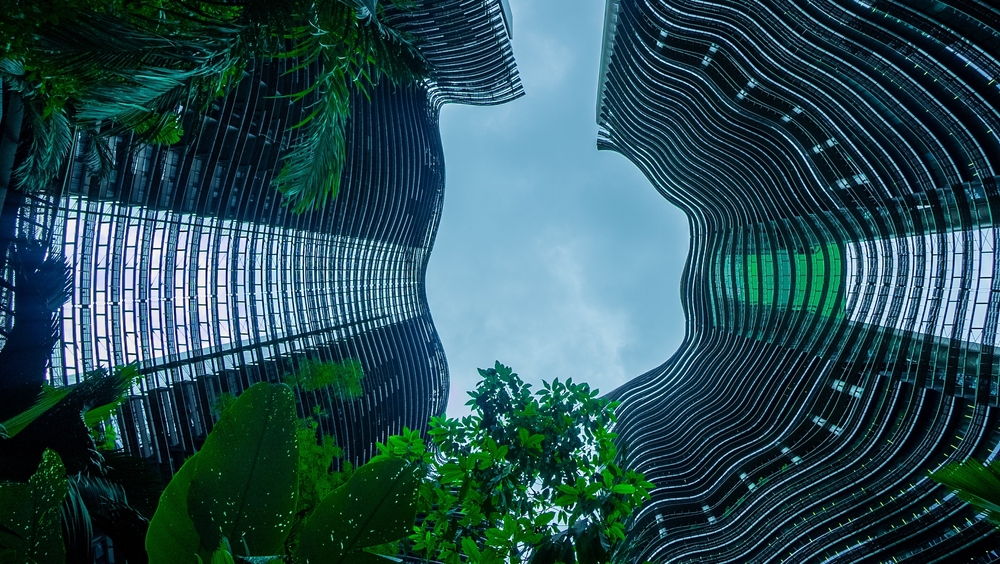
The UK Government has sought to be proactive in its approach to addressing climate change, committing to ambitious targets such as reducing greenhouse gas emissions by at least 68% by 2030 compared to 1990 levels and achieving net zero by 2050. In support of these goals, obligations will come to the fore as organisations develop a more sustainable IT path to net zero.
As ICT related energy consumption continues to skyrocket, those obligations will continue to grow in importance. When organisations began their digital business journey in the early 2010s, ICT only accounted for 0.1% of global energy requirements, according to the Semiconductor Research Organisation (SRC) and International Energy Agency. By 2030, it will account for 6.4% due to the rapid growth in AI, devices, data, chips and sensors, and many other reasons.
The environmental impact is often overlooked in digital transformation strategies. Yet, sustainable IT is critical for organisations to achieve their net zero goals by reducing harmful greenhouse gas (GHG) emissions, water, waste and biodiversity impact.
A roadmap for sustainable IT is needed to help infrastructure and operations (I&O) leaders meet their organisation’s sustainability goals. They won’t be able to achieve net zero in the 2020s, but technologies that are currently in R&D will help accelerate progress in the 2030s.
The task for organisations is to “bend the curve” down to achieve environmental sustainability goals. That is, they need to reduce IT-related GHG, even as IT-related GHG is still growing.
Estimating a baseline for IT GHG emissions and GHG emissions growth is a good place to start. Then, I&O leaders should build pathways to sustainable IT that include data centres, cloud and the digital workplace, as well as a plan to influence sustainable decisions for data and software.
Data centres and cloud
Most organisations have a hybrid cloud environment that includes public cloud, private cloud and on-premises data centres. Many opportunities exist to make hybrid cloud more sustainable.
If sustainability is new to the organisation, high impact actions for on-premises data centres include metrics reviews, cleaning up workloads, compute and storage utilisation and getting rid of “zombie” equipment.
While there are many other steps that can be taken to improve data centre sustainability, the very best thing organisations can do right now is shift from “efficiency of supply” to “demand management.” In other words, moving from always on to always available to balance workload demand and data governance.
No one is moving to the cloud solely because of sustainability, but some executives are accelerating their move to the cloud because of its dramatic GHG reduction potential. They can reduce emissions by up to 70% in the long term by moving from on-premises data centres to public cloud under certain conditions.
But public cloud isn’t just magically sustainable. While vendors are responsible for making the cloud sustainable, organisations are responsible for using it sustainably.
Digital workplace
The digital workplace typically emits more GHG than any other technology function. Emissions come from cradle to site (manufacturing and distribution) and use of technology.
I&O leaders can improve digital workplace sustainability by extending device lifecycles, buying refurbished equipment and putting devices into low-power mode by default. But IT has only half the responsibility. Employees also need to be involved in their own digital carbon footprint.
Educating employees is a great starting place as they generally don’t consider their impact on IT emissions. Not because they don’t care – but it just doesn’t occur to them. A sustainable digital employee experience is needed that focuses on empowering workers to use technology in more sustainable ways.
Data
While I&O leaders don’t directly manage the organisation’s data, they can help measure the impact on data centre storage, as well as partner with data and analytics leaders to reduce sustainable impact.
Data is an asset and source of competitive differentiation, but it’s also a big contributor to growing electricity consumption. The problem is compounded when the data hits the network – moving data around over a network and in/out of the cloud can potentially consume a lot of energy.
Cloud will not solve the data problem. The best approach to more sustainable data is to treat the underlying issues, such as optimising data movement, removing physical data flows that aren’t needed anymore, keeping data close to the point of need, among other things.
Software
Software also has massive inefficiencies that are often passed on to hardware teams. Sustainable or green software is energy efficient and adapts to new contexts. But it’s a very complex topic with many separate parts, such as designing for sustainability in new systems; finding ecosystem partners who also care about sustainability; sustainable hosting services from clouds and data centres; and low carbon/no carbon electricity suppliers.
It’s important to run software in the right place at the right time and on energy-efficient hardware. The carbon intensity of the local energy supply varies by country, generating authority, time of day, weather conditions, transfer agreements, generating technology, fuel supply and other factors.
In addition, the closer the software is to the hardware, the more efficient it will be. Software development methodologies have consistently opted to move further away from hardware, which has made it easier to develop sophisticated software applications. However, this has left a lot of work for the underlying hardware, which uses more energy to execute.

Autumn Stanish
Autumn Stanish is a director analyst at Gartner focused on IT sustainability and the role of I&O in corporate ESG initiatives. Gartner analysts will further explore trends and dive into the technology and insights shaping the future of IT and business, at the Gartner IT Symposium/Xpo, taking place from 4-7 November in Barcelona, Spain.



